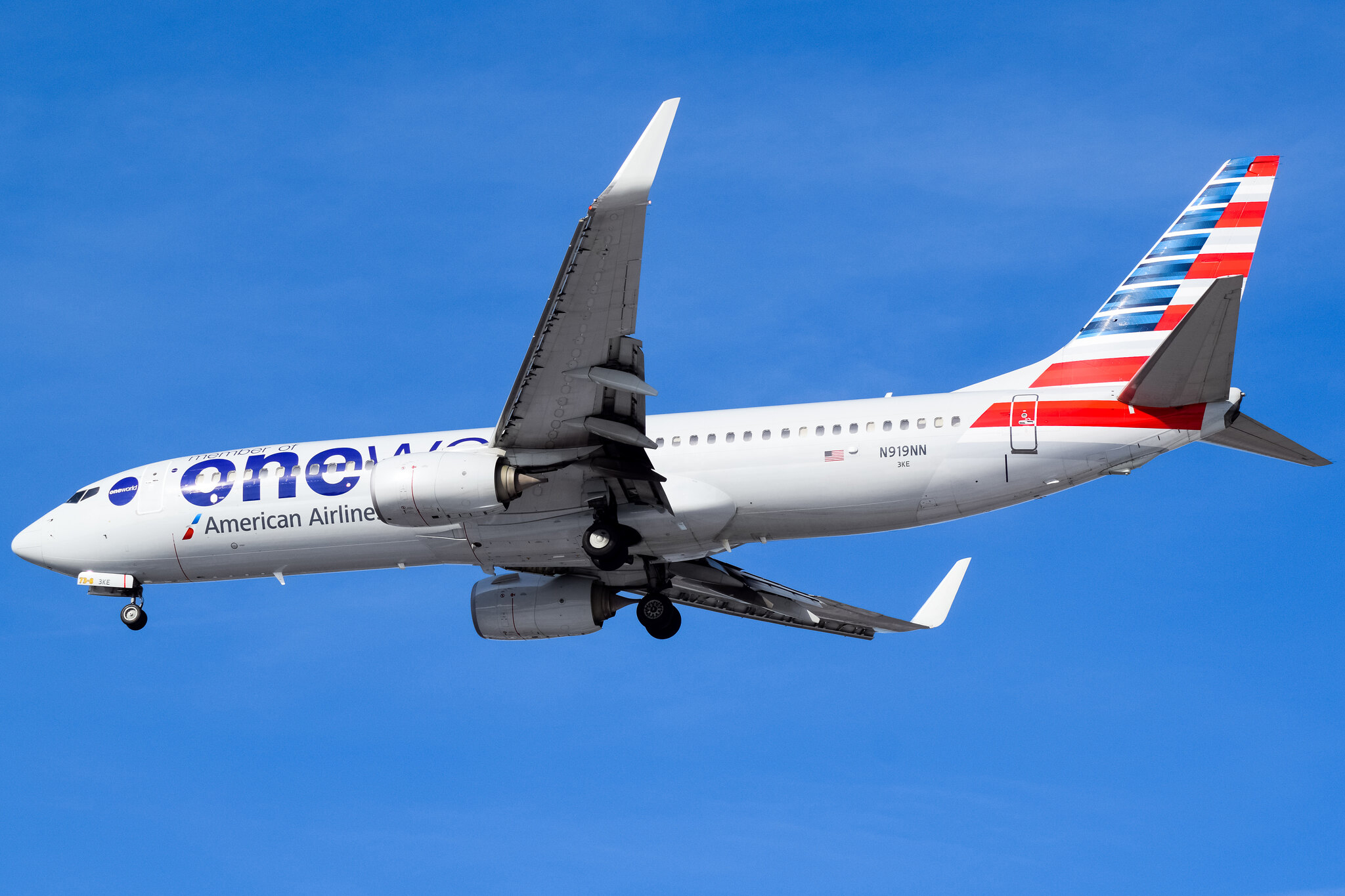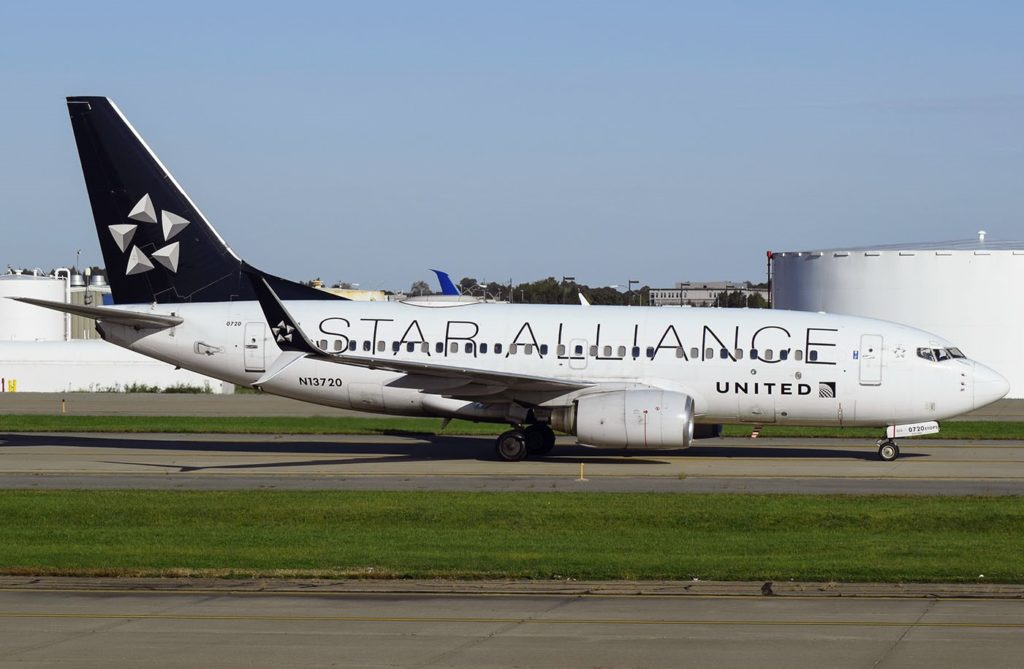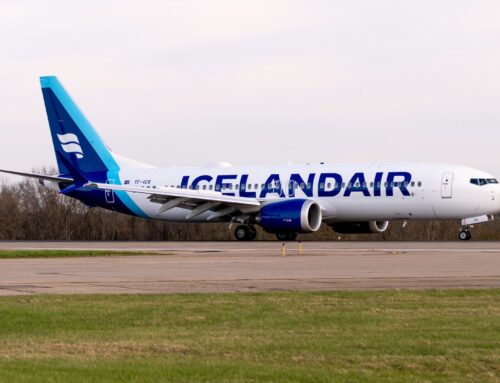Are You Taking Advantage of Your Airline Alliance?
Strategic agreements offer broader network, benefits for both airlines, passengers
By Evan Dougherty
Published March 2, 2020
Read Time: 4 mins

Earlier this month, Alaska Airlines announced it will join the Oneworld Alliance, forming a partnership with founding member American Airlines that will begin in summer 2021.
Alaska will become the 14th member of Oneworld, marking the company’s first-ever alliance membership.
Alliances can bring significant benefits to travelers. Many, including the Alaska-American agreement, offer full access to members’ frequent flyer programs and airport lounges.
“Alaska has always been proud to serve Seattle, the city that we call home,” said Ben Minicucci, Alaska Airlines president, in a statement. “We’re thrilled to give our guests more choice, broader use of loyalty benefits and seamless global service with American and Oneworld.”
The ‘Big Three’
Alliances are conglomerates of carriers with varying levels of agreements in place to create an interconnected network for travelers worldwide.
The alliance concept was developed in the late 1990s because airlines were limited on growth, either because they didn’t have enough available aircraft or were unable to make new markets profitable.
The first group, Star Alliance, formed in 1997, with founding members Air Canada, Lufthansa, Thai Airways and United Airlines. At the time, it was viewed as a revolutionary change in the airline industry. The alliance now has 26 full members and 40 affiliates.

A United Airlines Boeing 737 aircraft featuring a Star Alliance livery taxis at Pittsburgh International Airport. (Photo by Evan Dougherty)
The second major alliance, Oneworld, was launched in 1999 by several carriers, including American and British Airways. SkyTeam formed a year later.
Currently, Oneworld has 13 members, with Royal Air Maroc joining in April 2020 and Alaska in 2021. SkyTeam boasts 19 members, including Delta Air Lines, Aeromexico, Air France and Aeroflot.
Why work together?
Alliances work to bring a consistent level of service to travelers. Most carriers within an alliance have at least interline agreements in place with each other, and—depending on the route—frequent flyer miles from one airline can be used for flights on another partner. Airport lounges can also be shared, although it usually depends on the traveler’s status with the alliance.
Oneworld CEO Rob Gurney explained that alliances provide an ecosystem for airlines to collaborate and learn from one another, and also provide a foundation for airlines to develop successful joint ventures.
“From a business perspective, alliances like Oneworld have paved the way for even more collaboration between airlines,” Gurney said. “Even as the industry has remained intensely competitive and challenging, the success of Oneworld has shown that there is immense value for airlines when they work together, for the benefit of customers.”
Airlines don’t necessarily have to be in an alliance together to form mutually beneficial arrangements made between two airlines. Typically, the goal is to expand each carrier’s network and offer passengers more travel options.
The level of cooperation varies from airline to airline, each of which is classified by the type of agreement put in place.
The most basic form of collaboration between two airlines is called an interline agreement, which allows travelers using both carriers to check in all the way to their final destination, rather than check in separately for each airline or leg of the trip. Interlines also help travelers if they need to be rebooked on another airline in the event of a delay or cancellation.
These agreements can be helpful for passengers traveling between small towns and large cities. Southern Airways Express, for example, has interline contracts in place with American Airlines, Frankfurt-based Condor Airlines and Alaska, helping connect passengers from its commuter flights to major airports through Pittsburgh International.
The next level of alliance is called a codeshare, allowing multiple airlines to share a single flight. This involves airlines adding their flight numbers to a partner carrier’s own flight.
On British Airways’ Pittsburgh to London-Heathrow flight, for example, travelers can book tickets on British Airways’ website. However, American Airlines and Iberia also have codeshare agreements in place on the PIT-LHR route, and allow their customers to book through their own websites. All three carriers are members of the Oneworld alliance.
Departure and arrivals boards always display the operator’s fight number and any codeshare number tagged with that particular flight. For PIT-LHR, British Airways’ flight number is BA170, while American’s code is AA6122 and Iberia’s is IB7785.
Airlines also can form joint ventures, under which they can coordinate pricing and schedules on certain routes. They also permit revenue sharing, making the participating airlines what is referred to as “metal neutral”: so close in operation that it effectively doesn’t matter to them whose plane operates a given route. In other words, joint ventures allow two airlines to essentially act as one without merging, although these agreements often require government approval.
Robert Isom, president of American Airlines, said in a statement that the partnership with Alaska will allow the airlines to expand international service to and from the West Coast, among other benefits.
“By connecting American’s strength in long-haul international flying and Alaska’s presence across the West Coast, we will build a better network for our customers than either airline could build alone,” he said.






